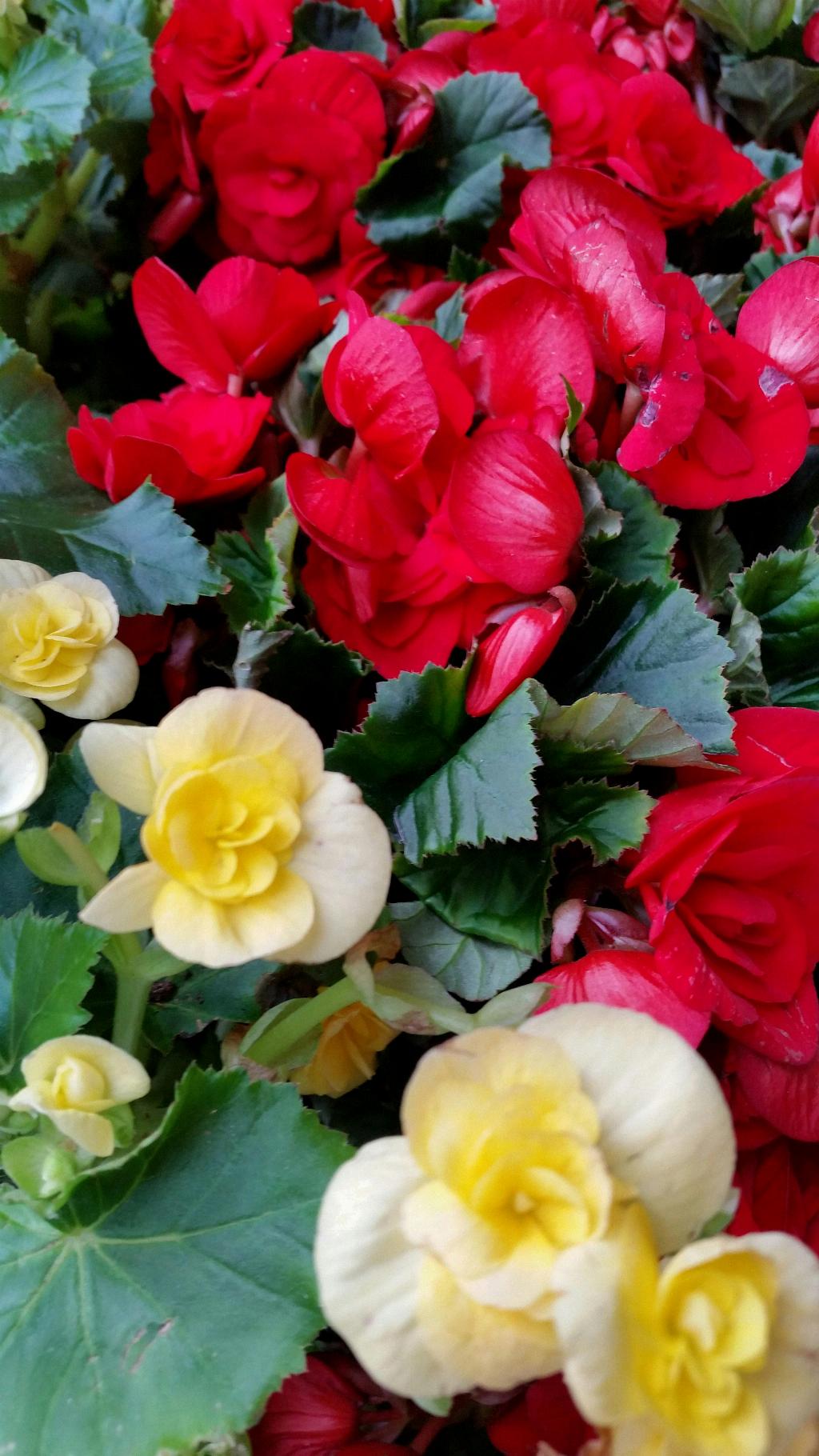Angel wing begonias are beautiful plants that can add a touch of elegance to your garden or indoor space. To ensure that your angel wing begonia plants thrive, it is important to provide them with the proper care and attention. Here are some tips on how to care for angel wing begonia plants:
1. Light and Temperature
Angel wing begonias prefer bright, indirect light. They can tolerate some morning sun, but the intense afternoon sun can be too harsh for them. It is important to keep them out of direct sunlight to prevent their leaves from burning. Additionally, they thrive in temperatures between 65-75 degrees Fahrenheit.
2. Watering
It is essential to keep the soil consistently moist but not waterlogged. Water your angel wing begonia plants when the top inch of the soil feels dry to the touch. Ensure that the plant has good drainage to prevent root rot. During the winter months, you can reduce the frequency of watering.
3. Soil and Fertilizer
Use a well-draining, peat-based potting soil for your angel wing begonia plants. You can also mix in some perlite to improve drainage. Fertilize your plants every 4-6 weeks during the growing season with a balanced, water-soluble fertilizer diluted to half its strength.
4. Humidity
Angel wing begonias thrive in high humidity. To increase humidity around your plants, you can mist them regularly or place a humidifier nearby. You can also group your plants together to create a microclimate with higher humidity levels.
5. Pruning
Regular pruning is essential to maintain the shape and health of your angel wing begonia plants. Remove any dead or yellowing leaves, as well as any leggy growth. Pinch back the tips of the plant to encourage bushier growth.
6. Repotting
Angel wing begonias should be repotted every 2-3 years to refresh the soil and provide the roots with more space to grow. When repotting, choose a slightly larger pot with good drainage and fresh potting mix.
7. Pest Control
Keep an eye out for common pests such as aphids, spider mites, and mealybugs. To prevent pest infestations, regularly inspect your plants and treat any issues promptly with insecticidal soap or neem oil.
8. Propagation
You can propagate angel wing begonias through stem cuttings. Cut a healthy stem with a few leaves attached and place it in a jar of water to root. Once roots have formed, plant the cutting in a small pot with moist soil.
9. Winter Care
During the winter months, angel wing begonia plants may go into a period of dormancy. Reduce watering and fertilization during this time and place your plants in a cooler location with less light.
10. Outdoor Care
If you choose to move your angel wing begonia plants outdoors during the summer, ensure that they are protected from direct sunlight and strong winds. Water more frequently in hot weather and monitor closely for pests.
11. Common Issues
Yellowing leaves can be a sign of overwatering, while brown spots may indicate underwatering. Adjust your watering schedule accordingly. If your plant’s growth slows down, it may need more light. Leggy growth can be corrected by pruning.
12. Conclusion
By following these care tips, you can enjoy healthy and thriving angel wing begonia plants in your home or garden. With the right amount of light, water, temperature, and attention to detail, your plants will reward you with their beautiful foliage and blooms.

